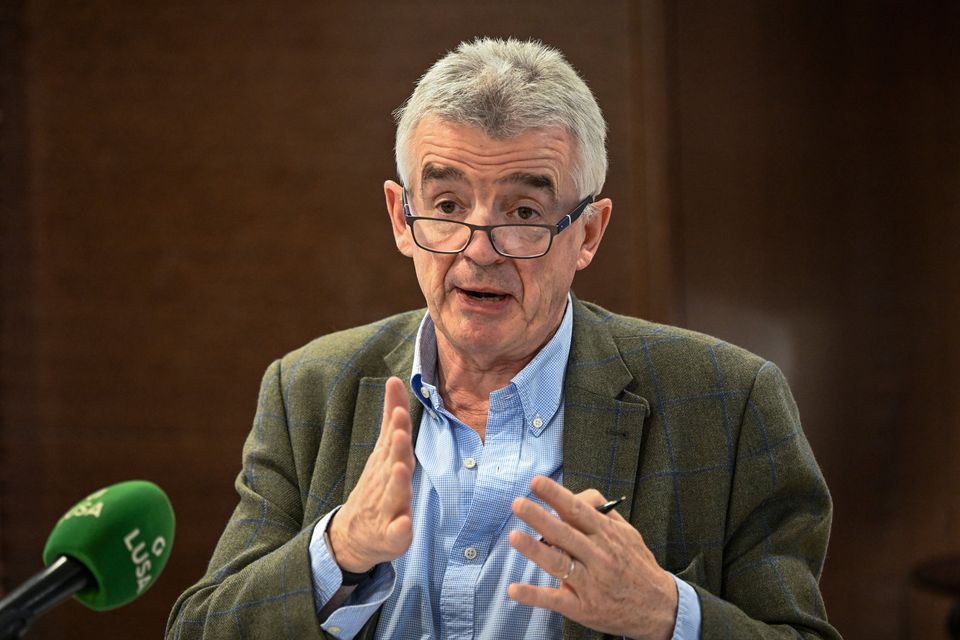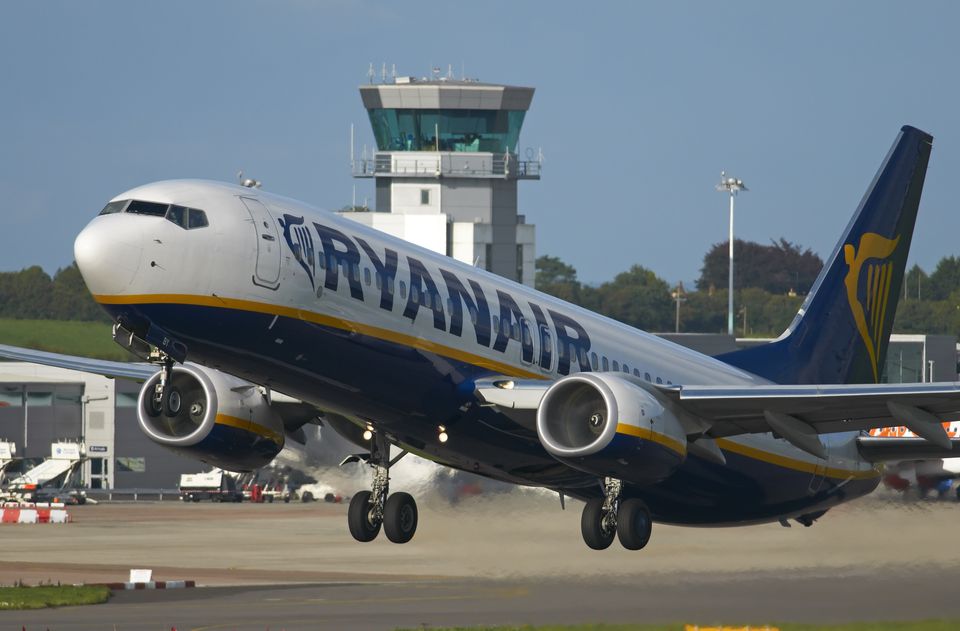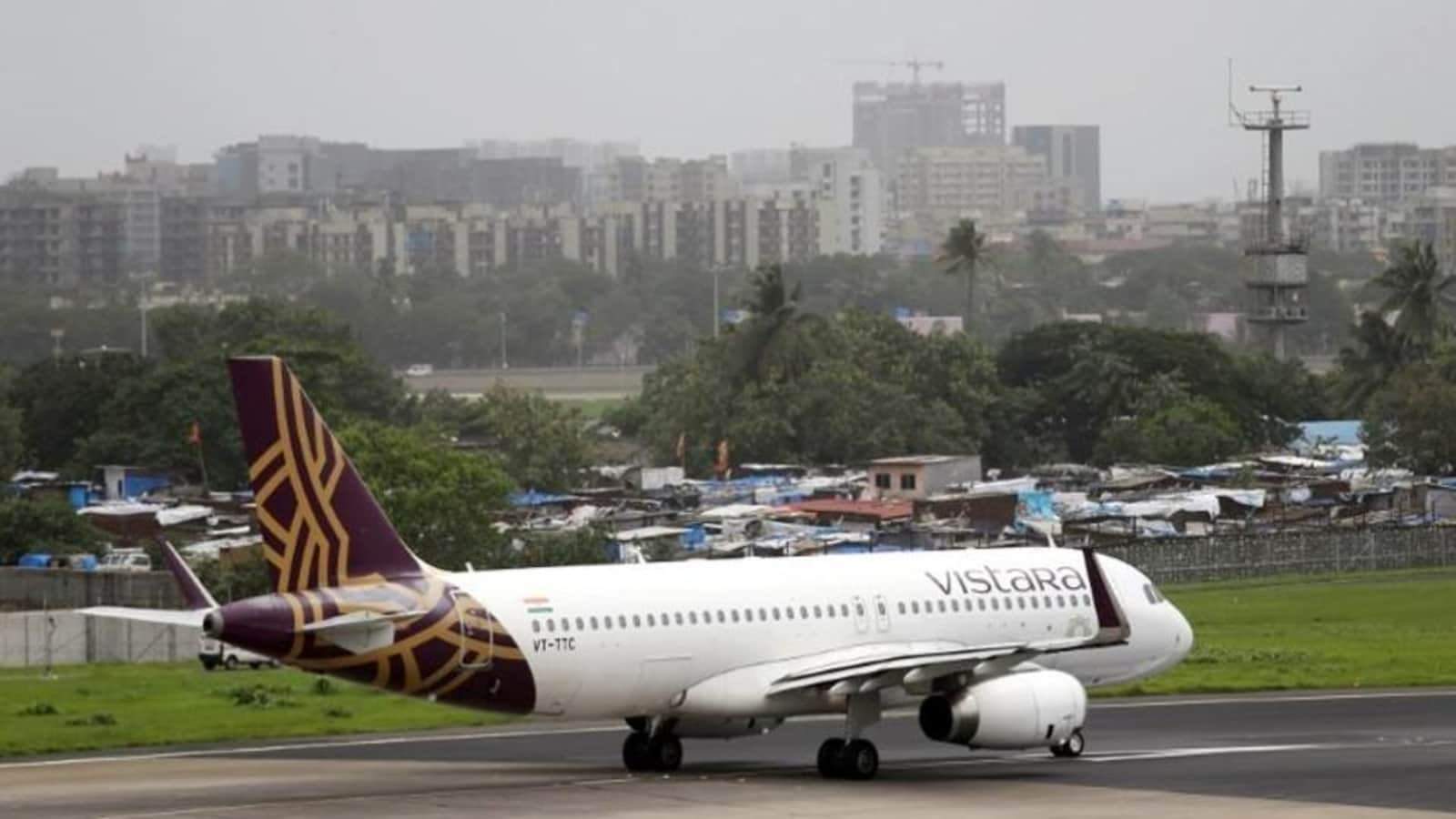The airline, which this week celebrated becoming the first European airline to fly 200 million passengers in a year, now has annual emissions equalling that of Cyprus and Malta combined.
Its emissions grew by more than 17pc from 2023 to 2024, according to the latest release of data by the EU which monitors around 11,000 of the biggest energy using and carbon polluting power plants, factories and companies across the bloc.
Ireland’s top 10 also included ESB, Irish Cement and Aughinish Alumina.
ESB’s single biggest emitter is its Moneypoint power plant which, despite producing historically low levels of electricity, emitted more than one million tonnes of carbon because it runs on coal.
Today’s News in 90 Seconds – April 5th
ESB also has high-emitting gas-powered generating stations at Poolbeg, Dublin Bay and Aghada, Co Cork.
SSE, Energia and Bord Gáis also have power stations that are among the highest emitting plants in the country.
The data comes from the EU’s Emissions Trading System (ETS), which tracks a complex system of carbon credits, emissions and exceedances. For the first time since it was set up in 2005, shipping companies have been included.
In Ireland, the biggest shipping emitters are Contarga Ltd, Arklow Shipping, D’Amico and CLdN, which all work primarily in cargo shipping.
Contarga’s emissions, the largest, were measured at 95,962 tonnes. In total, the sector recorded more than half a million tonnes of emissions.
The EPA warned that from next year, a ‘carbon price’ will have to be paid on power imported from outside the EU
Dairy and other food companies were also among the production facilities that each emitted more than 50,000 tonnes of carbon.
The EPA said emissions from the food and drink sector fell by more than 3pc last year, but emissions from pharmaceutical manufacturing rose by more than 5pc.
The Environmental Protection Agency (EPA), which collects data for around 120 Irish entries in the ETS, said overall emissions from electricity generation fell by 7.3pc. This was partly due to the reduction in activity at Moneypoint, but also because of increased electricity imports from the UK.
The EPA warned that from next year, a ‘carbon price’ will have to be paid on power imported from outside the EU.
Industrial emissions fell by 6.9pc, largely due to lower production levels in the cement industry. By contrast, the aviation sector increased its emissions by just under 17pc, to above pre-Covid levels.
A Ryanair Boeing 737-800 in operation. Photo: Getty
Ryanair’s increase was by far the biggest but Aer Lingus’s emissions also grew from 654,502 tonnes to 759,227 tonnes.
Ryanair has been asked for comment. The company generally points out that its activities are Europe-wide and that its emissions per passenger are lower than other airlines.
Emissions across the EU fell by 5pc last year, with the most notable reduction being recorded in electricity generation.
These emissions fell by 12pc, due to a 8pc increase in output from wind, solar and other renewables and a 5pc increase in nuclear electricity.
The EU said that since 2005, the sectors monitored in the ETS had reduced emissions by 50pc overall.





